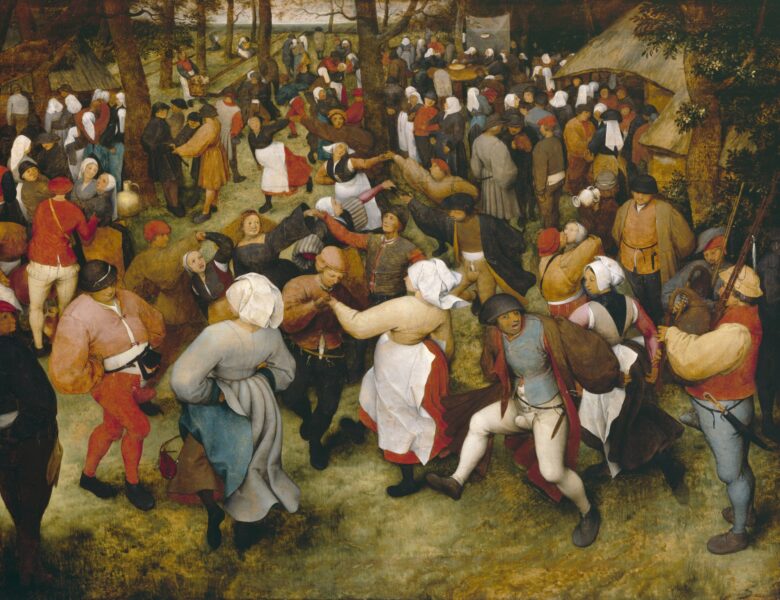Pavane and Galliard Project
 Carson Cooman has organized an ongoing project to bring about new works for organ conceived in the form of Pavane and Galliard. The goals are two-fold: 1) to see how different composers explore reimagining this Renaissance genre within their own contemporary styles; 2) to continue to encourage freely-composed, “secular” literature for the organ outside of the context of traditional sacred music. The pieces have indeed shown the rich variety of compositional languages employed today.
Carson Cooman has organized an ongoing project to bring about new works for organ conceived in the form of Pavane and Galliard. The goals are two-fold: 1) to see how different composers explore reimagining this Renaissance genre within their own contemporary styles; 2) to continue to encourage freely-composed, “secular” literature for the organ outside of the context of traditional sacred music. The pieces have indeed shown the rich variety of compositional languages employed today.
The pavane and galliard are Renaissance dances that were popular throughout all of Europe during the 16th century. The pavane is a dance of slow, processional-like character. The galliard is vigorous and fast. These two dances became a common pairing: the slow pavane serving as a kind of prelude to the fast galliard; or from the alternate view, the galliard being a release of energy in response to the pavane. Like many historical dances, the musical forms stayed in use even after the popularity of the actual dancing had ended. The diptych pairing of pavane and galliard also served as a simpler proto-form for the later multi-movement dance suites that found sophisticated musical flowering in the Baroque era. The keyboard pavane and galliard pairs in late 16th century and early 17th century collections—such as William Byrd’s “My Ladye Nevells Booke” and the “Fitzwilliam Virginal Book”—have remained in the repertoire to the present. As with many historical musical forms with roots in dance, composers have continued to be inspired by these to produce new pieces looking at these old forms with their own perspective.
A YouTube playlist of many of the pieces in this project can be heard here: Pavane and Galliard YouTube Playlist
A list of the composers and works in this project can be found below along with links to recordings on YouTube for each piece. The YouTube description contains information about each composer. For further information regarding the project or any of pieces, contact Carson Cooman.
